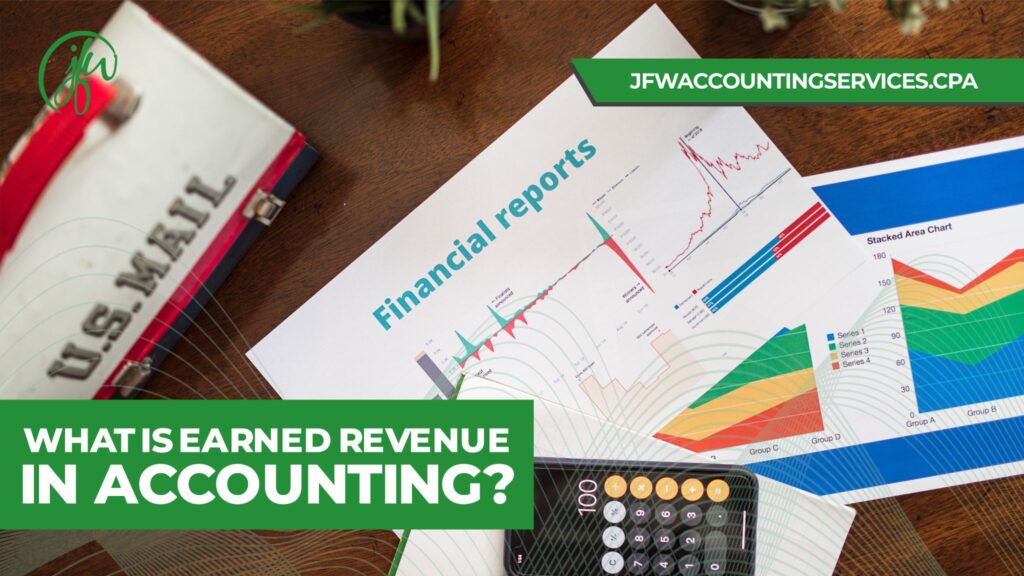One of the most frequent requests we hear from clients looking for financial services is to be sure they are partnered with an accounting professional with experience with their type of organization. That is because nonprofits are special for so many reasons including their unique accounting processes.
The type of accounting used for nonprofits is fund accounting, which can be quite intimidating to the untrained eye. In this article, we are focusing on one aspect of fund accounting: earned revenue.
Understanding Nonprofit Revenues
Nonprofit organizations are different from for-profit businesses because their focus remains on accountability and not profitability. For nonprofits to remain compliant with state and federal regulations, it is required that income generated at the organization is used to fulfill the group’s mission.
One of the most common challenges for nonprofits is understanding how to classify the diverse revenue streams they collect. The two main types of nonprofit revenue are contributed revenue and earned revenue.
Contributed Revenue
Contributed revenue is money collected from sources offering support, like donations, fundraising proceeds, and federally funded or private foundation grant funds. Revenue that is classified as contributed is money that the organization collects from a source who is expecting nothing in return.
Earned Revenue
Revenue collected because of services performed by the organization, products sold, or other instances where the organization exchanged something for money are called earned revenue. Examples of earned revenues include membership dues, ticket sales, advertising income, program fees, investment income, merchandise fees, and more.
Some organizations collect revenue that is both a contribution and earned. We call this income combination revenue. One example of combination revenue that nonprofits often experience is at fundraising events. Attendees may be asked to purchase a ticket to get into the event, which at first glance may seem like earned revenue.
However, at a fundraiser, the attendee is aware that part of their ticket price goes to support the nonprofit’s cause (a contribution). So, the revenue from ticket sales gets split.
The portion of the earnings that must be classified as earned can be calculated by figuring out the cost of any food, drink, or entertainment provided. The portion of the ticket sales that cannot be directly allocated back to an organizational cost must be classified as a contribution.
Why Is It Important?
There are two main reasons nonprofit organizations need to be concerned about how they are recording revenue: tax liability and compliance. Let’s look at each of those a little closer.
Tax Liability
It is a common misconception that nonprofits do not have to pay any taxes. The tax guidelines for nonprofit and charitable organizations, as published by the IRS, do not prohibit or permit earned revenue.
Rather than addressing the separation and taxation of earned and contributed revenue, the IRS addresses income regularly collected by the organization that is not substantially related to its tax-exempt purpose. Any income that is considered “unrelated” is taxable and requires the organization to pay unrelated business income tax (UBIT).
Revenue collected by the organization that may be taxable as UBIT includes rental income from debt-financed property, commercial advertising income (like selling marketing space on your website or print materials), sales revenue from hats, shirts, and other merchandise with the nonprofit’s logo on it, and money earned from providing outsourced administrative or management services.
Revenue that does not qualify for UBIT includes corporate sponsorships, royalties, or revenue collected by selling goods donated to the organization.
Compliance
While nonprofits that aren’t collecting unrelated income don’t have to file a standard federal income tax return, they still file an informational return each year called Form 990. Form 990 contains several details about the organization’s financial and charitable activities including:
- Annual income totals
- Operating and non-operating expense totals
- The monetary value of each asset owned by the organization
- Total liabilities of the nonprofit
- Grant funding
- Program descriptions
- Fundraising activities
- Investment activities
Form 990 also spells out the organization’s mission. It is important that the purpose listed on Form 990 each year is consistent with the mission reported to the state and/or IRS when the nonprofit applied for its nonprofit and tax-exempt statuses.
Just like any other business, accounting for nonprofits is regulated by the Financial Accounting Standards Board (FASB). The two most up-to-date rules mandated by the FASB that handle the treatment of revenue are:
- ASU 2014-09: Revenue from Contracts with Customers, as described in Accounting Standards Codification (ASC) Topic 606
- ASU 2018-08: Clarifying the Scope and the Accounting Guidance for Contributions Received and Contributions Made, as described in ASC Topic 958-605
Bottom Line
Knowing how to treat revenue collected at your nonprofit can be an overwhelming task, fortunately, you are not alone. At JFW Accounting Services, we work alongside your team to provide you with the most updated revenue recognition tips and ensure you avoid unnecessary tax liability or risk compromising your tax-exempt status.

Jo-Anne Williams Barnes, is a Certified Public Accountant (CPA) and Chartered Global Management Accountant (CGMA) holding a Master’s of Science in Accounting (MSA) and a Master’s in Business Administration (MBA). Additionally, she holds a Bachelor of Science (BS) in Accounting from the University of Baltimore and is a seasoned accounting professional with several years of experience in the field of managing financial records for non-profits, small, medium, and large businesses. Jo-Anne is a certified Sage Intacct Accounting and Implementation Specialist, a certified QuickBooks ProAdvisor, an AICPA Not-for-Profit Certificate II holder, and Standard for Excellence Licensed Consultant. Additionally, Jo-Anne is a member of American Institute of Certified Public Accountant (AICPA), Maryland Association of Certified Public Accountants (MACPA), and Greater Washington Society of Certified Public Accountants (GWSCPA) where she continues to keep abreast on the latest industry trends and changes.

